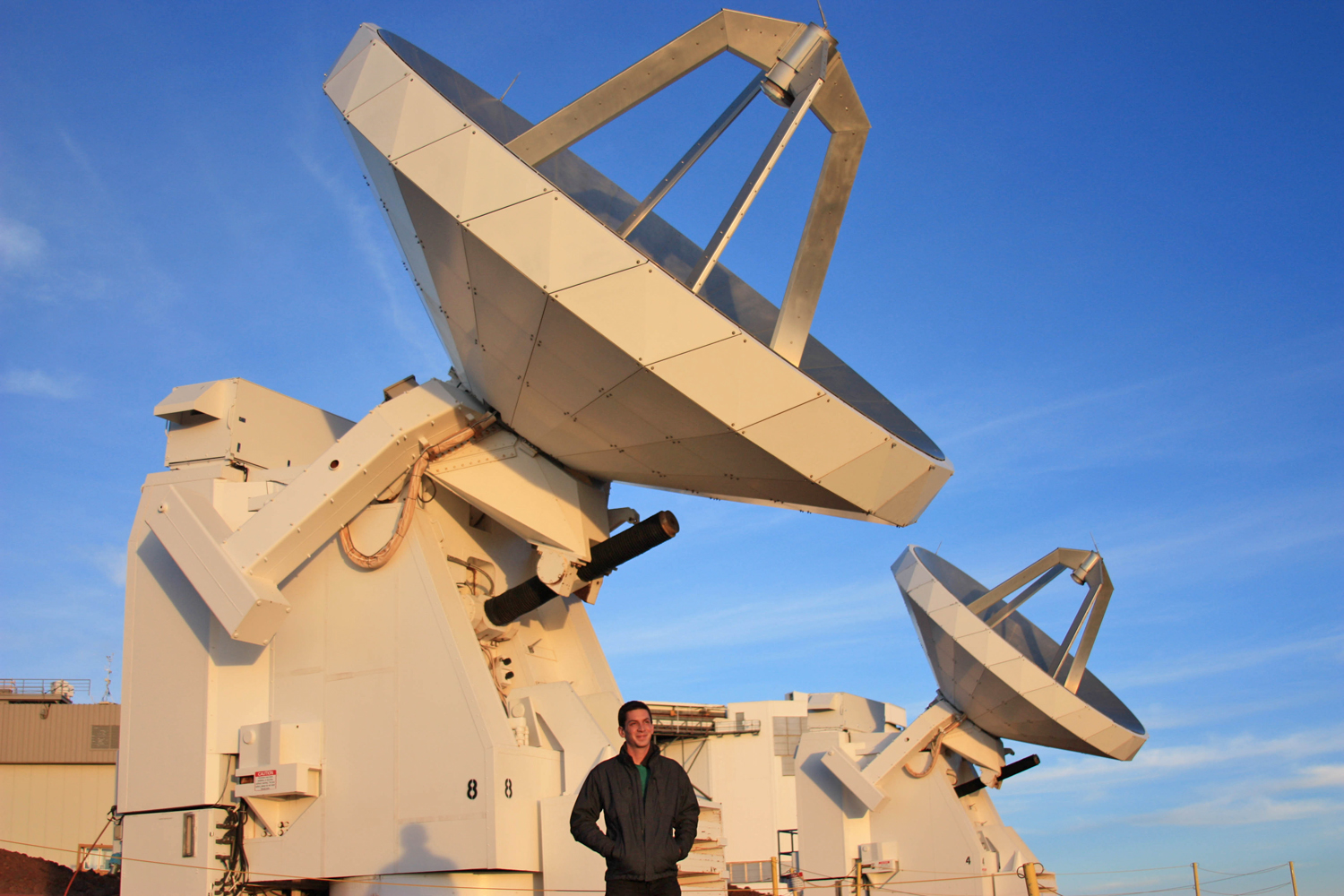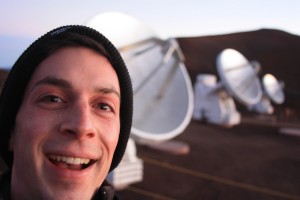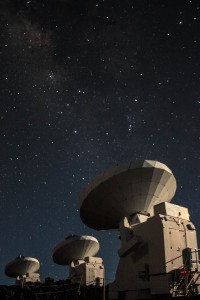Scholarship Helps Lieman-Sifry ’15 Study Gas Planet Formation


For the past year and a half, Jesse Lieman-Sifry ’15, an astronomy and physics double major, has focused his undergraduate research on understanding the formation of gas planets. This month, Lieman-Sifry received a $5,000 Undergraduate Directed Campus Scholarship from the Connecticut Space Grant Consortium, funded by NASA. The award will be applied to his financial aid package and support his ongoing research in the Astronomy Department.

Planets form in disks of gas and dust left over from the formation of a star. For gas planets, such as Jupiter, Saturn, Uranus and Neptune, a massive rocky core must solidify before accumulation of gas can begin.
“In the 10 million years we assume it takes this rocky core to form, most of the gas has been blown away by the energy from the hot central star. This would suggest that it is very hard to form gas planets, as the timeline for these processes don’t line up,” Lieman-Sifry explained. “Something about this picture isn’t quite right though, as the planet-hunting Kepler mission has revealed that gas planets are actually very common around other stars in the Milky Way.”
Lieman-Sifry is working with high-resolution data collected by the Atacama Large Millimeter Array (ALMA) in Chile. The data, provided from radio interferometers, allows the Wesleyan researcher to model the dust and gas on a specific star system, 49 Ceti, in unprecedented detail. 49 Ceti, located 194 light years from the solar system in the constellation Cetus, still contains a large reservoir of gas and dust, even though it is 40 million years old. With most stars, gas tends to dissipate within about 10 million years.
The results of these models suggest that gas can be replenished by the collisions of comets and small rocky bodies.
“This hints that gas planet formation may continue well past the previously assigned ‘deadline’ of 10 million years, as there is still enough gaseous material in the system to form a Neptune-sized gas planet, even at 40 million years of age,” Lieman-Sifry said.
With support from his advisor, Assistant Professor of Astronomy Meredith Hughes, Lieman-Sifry quickly became an expert on dealing with the complex ALMA data.
“Jesse always strikes the right balance between figuring out problems for himself and asking for help when he needs it, and it shows in the impressive progress he’s made this year,” Hughes said. “He’s really doing cutting-edge work on this beautiful ALMA data set, and I couldn’t be more pleased that the Connecticut Space Grant Consortium has chosen to recognize his impressive contributions!”
As a work-study job, Lieman-Sifry participates in the Wesleyan Transiting Exoplanet Project (WesTEP). He uses the 24-inch Perkin Telescope at Van Vleck Observatory to search for white dwarf exoplanets in a project run by Jesse Tarnas ’16 and Girish Duvvuri ’17.

“Middletown weather is quite inconsistent, and it’s only possible to observe when it’s clear. Having a weather dependent job definitely isn’t the best way to earn money, so the scholarship will help,” he said.
Lieman-Sifry is among several other Wesleyan students and faculty to recently receive awards from the Connecticut Space Grant Consortium. Others include astronomy majors Dilovan Serindag ’15, Jesse Tarnas ’16, Eric Edelman BA/MA ’14, Sam Factor BA/MA ’15; earth and environmental science majors Jack Singer ’15, Gregory Wong ’15, Peter Martin ’14 and Lisa Korn MA ’15; and Wesleyan faculty Meredith Hughes, James Greenwood, assistant professor earth and environmental sciences, and Christina Othon, assistant professor of physics.
“Wesleyan’s astronomy and earth science programs are very strong, and this is apparent in the number of Connecticut Space Grant awards we receive,” Lieman-Sifry said. “I’m excited to receive one of these awards this year!”

